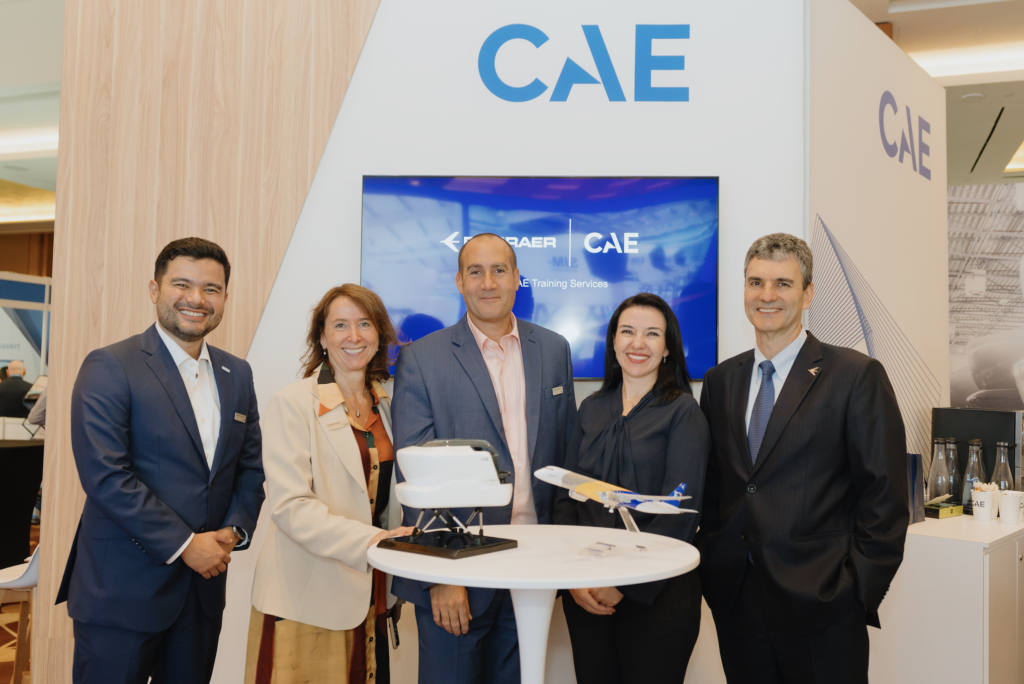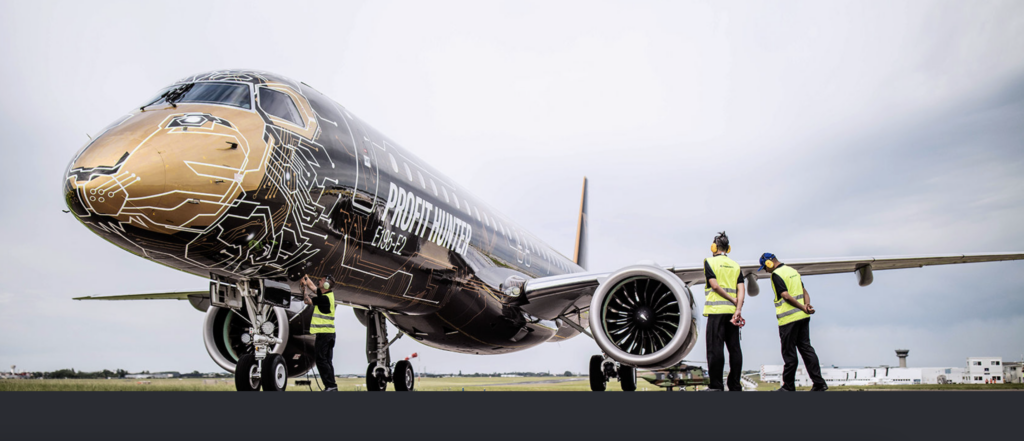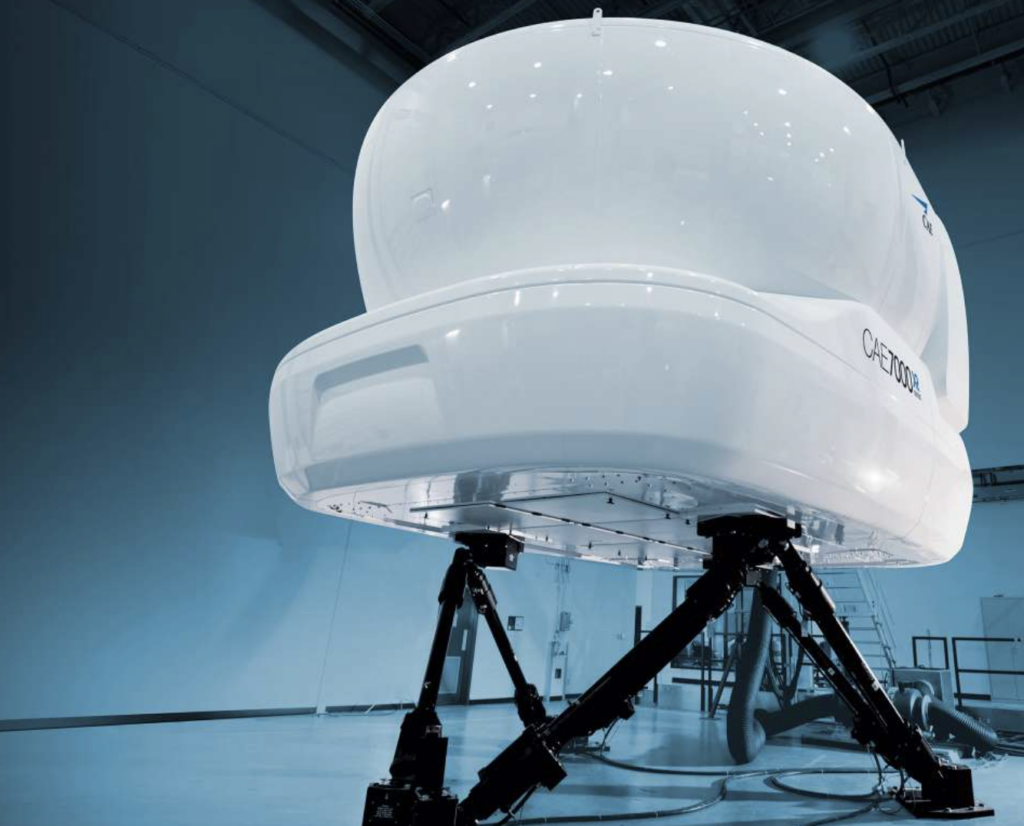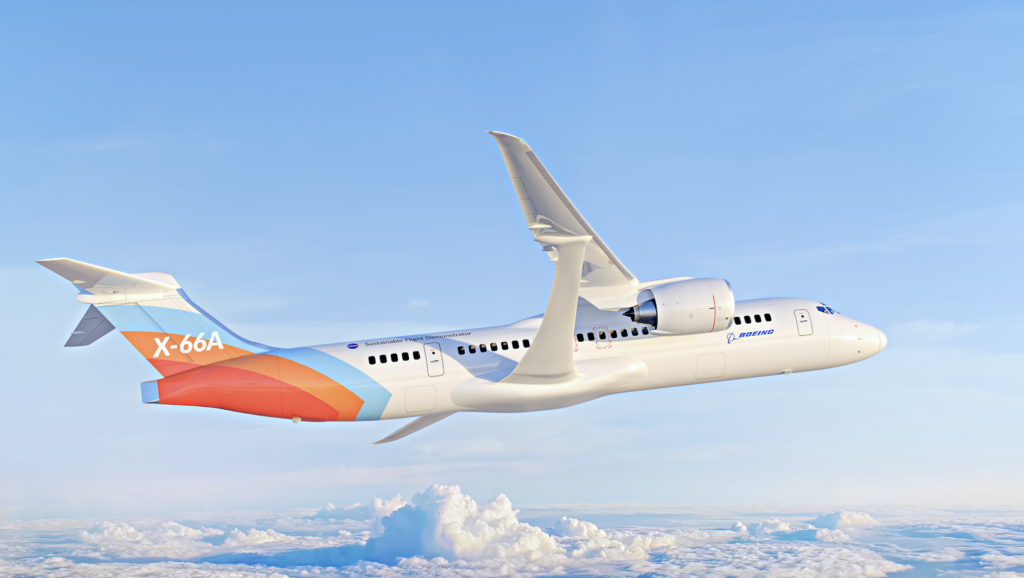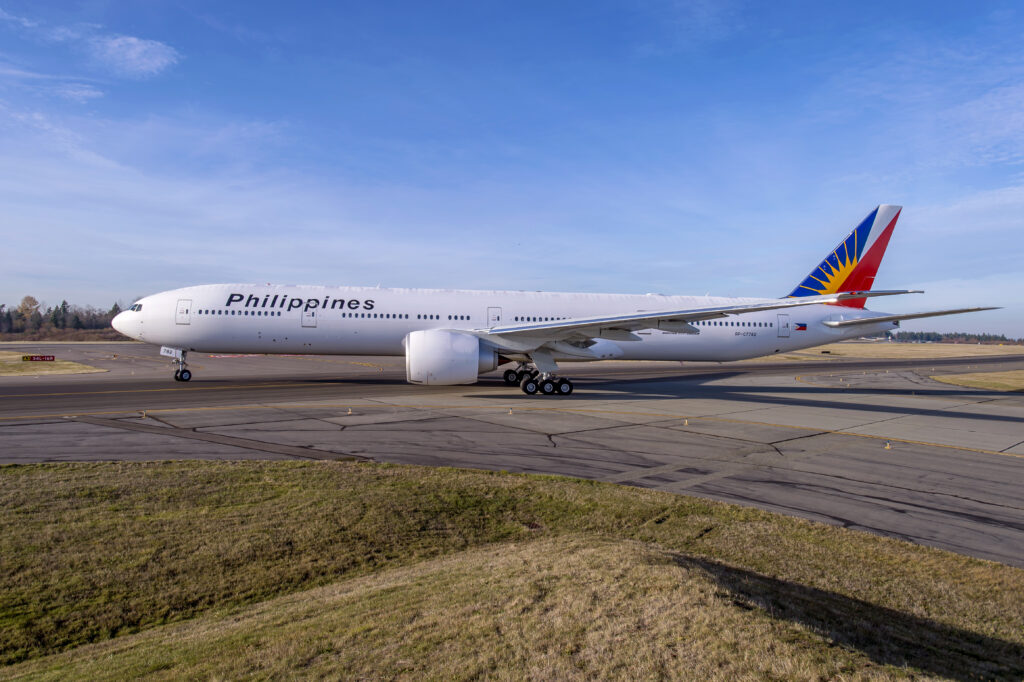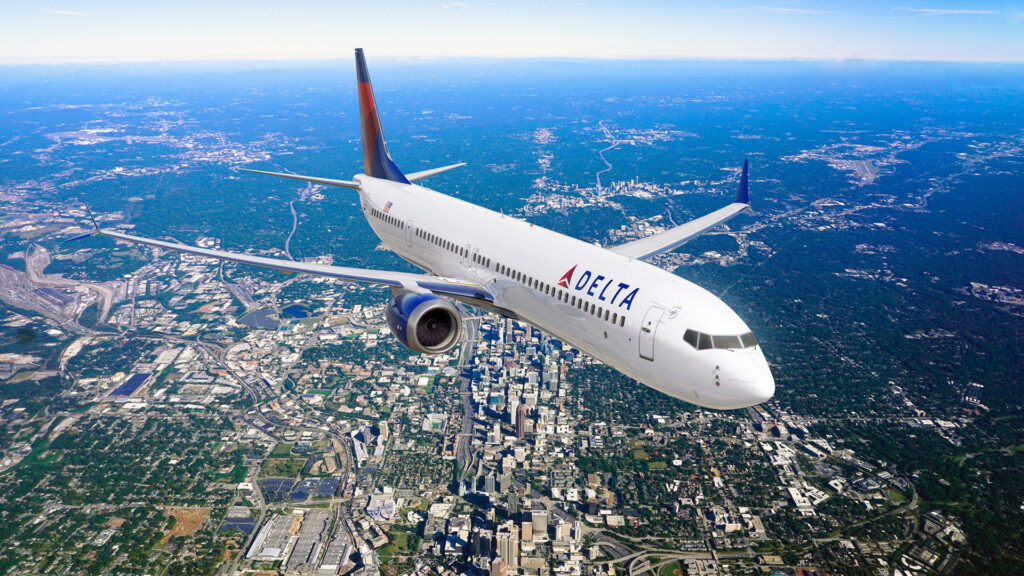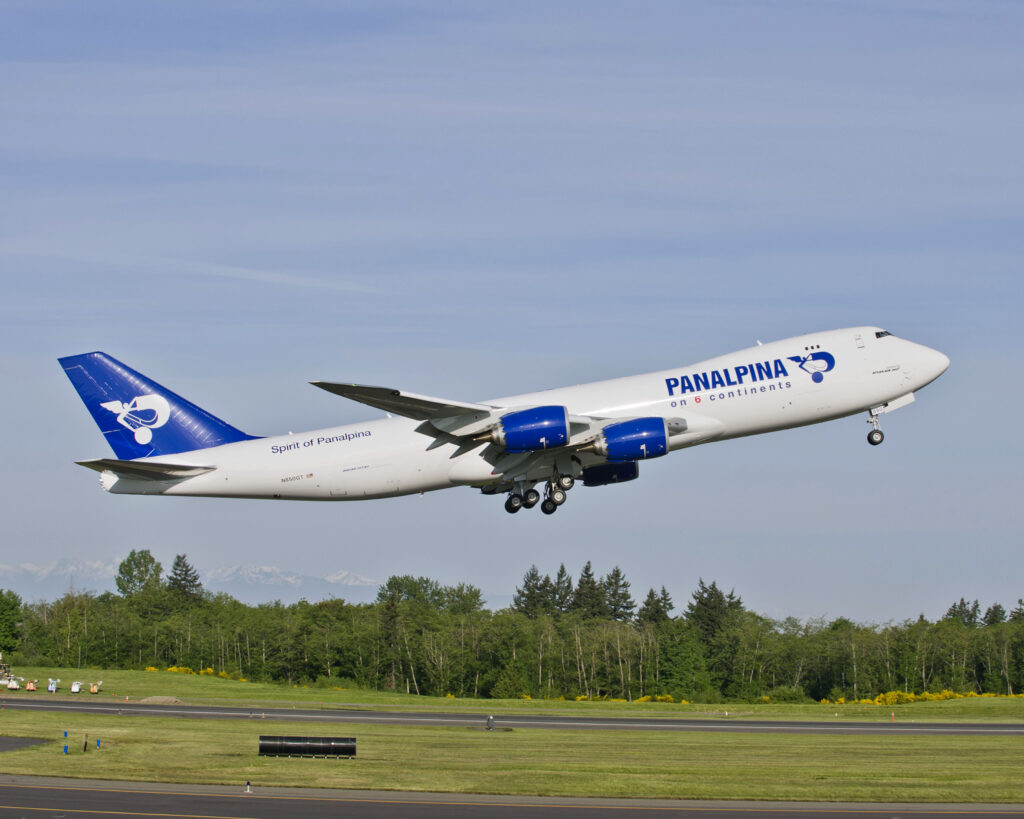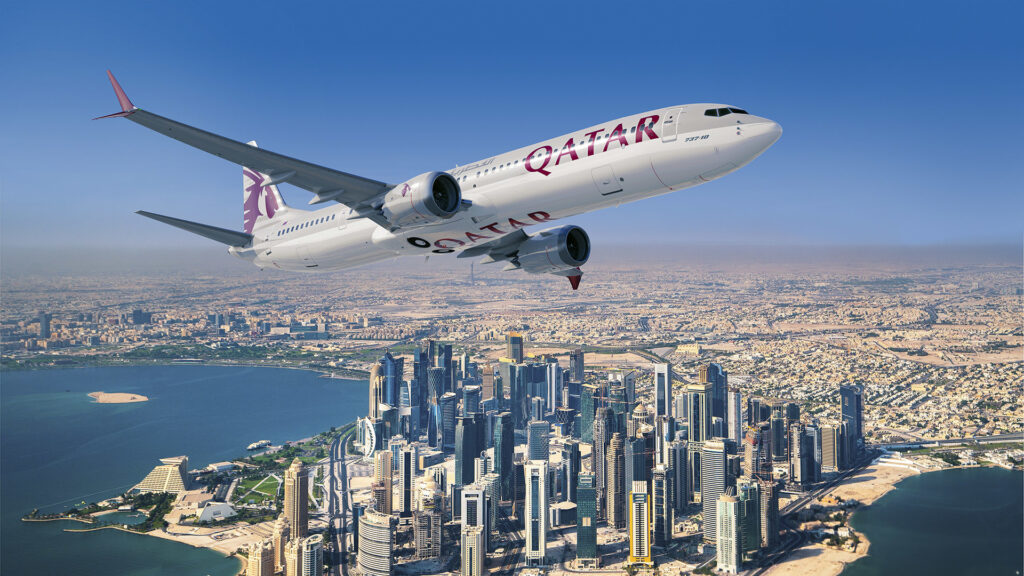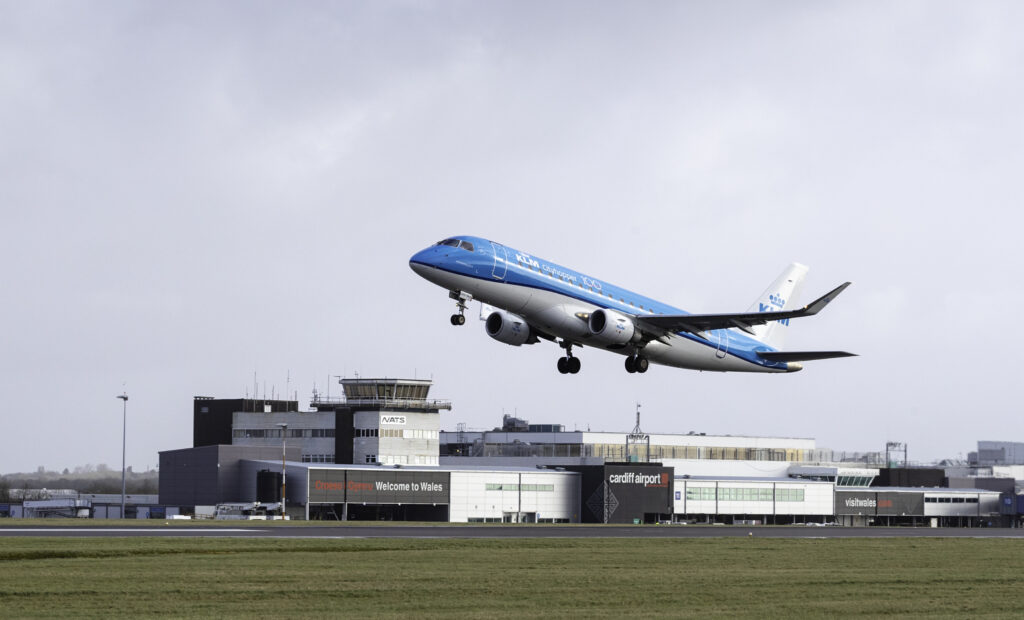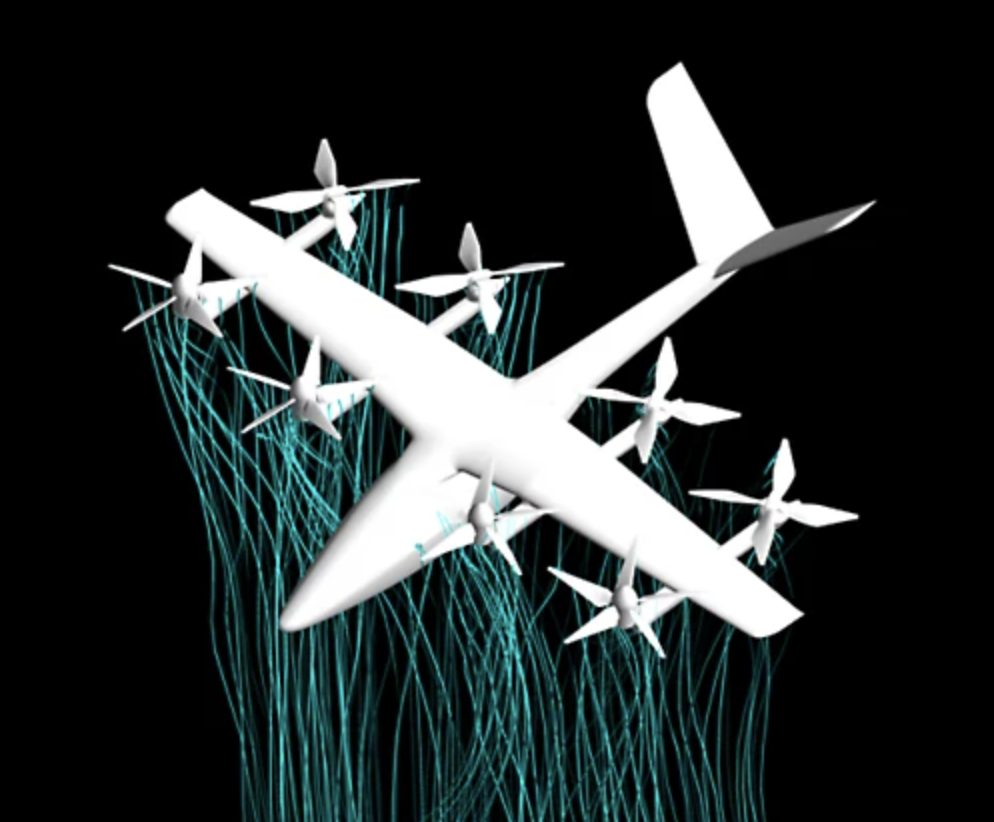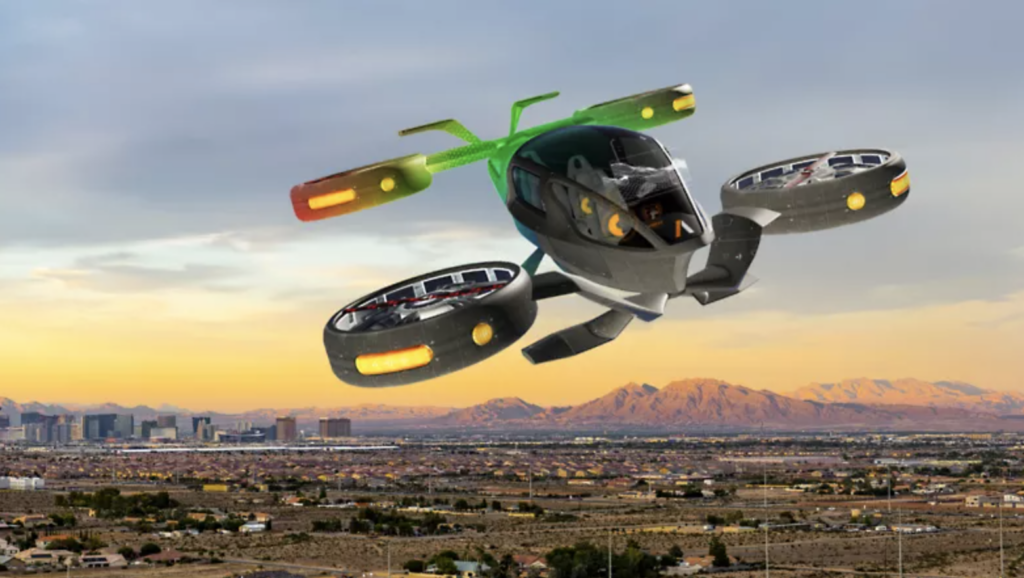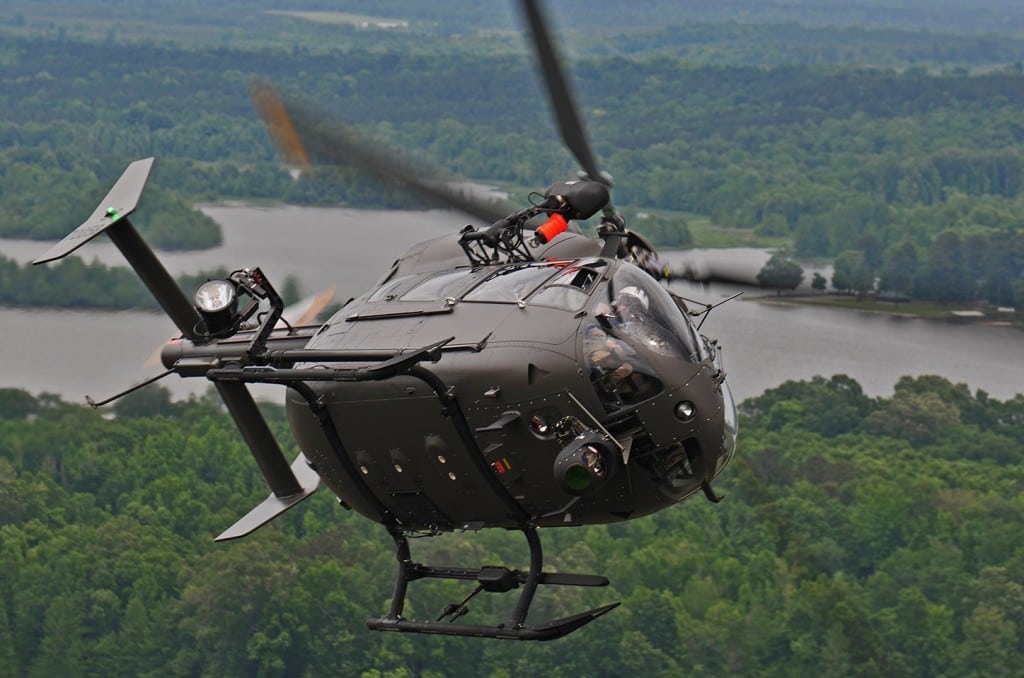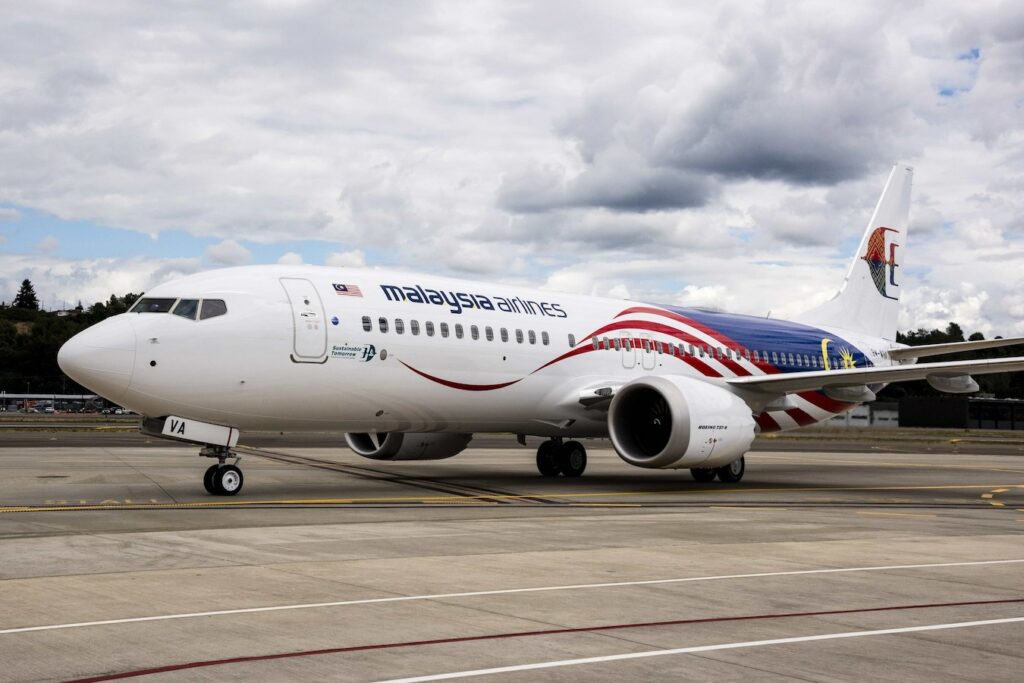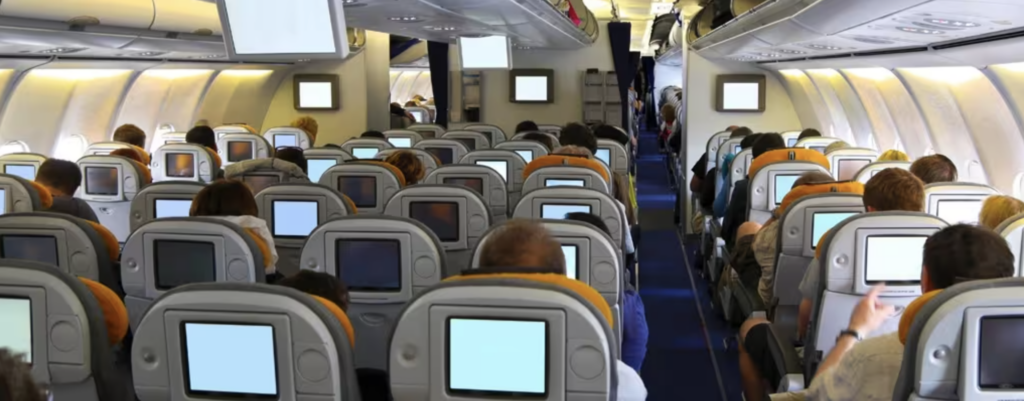Garmin Gets FAA Thumbs Up for GFC 600 Autopilot in King Air F90s
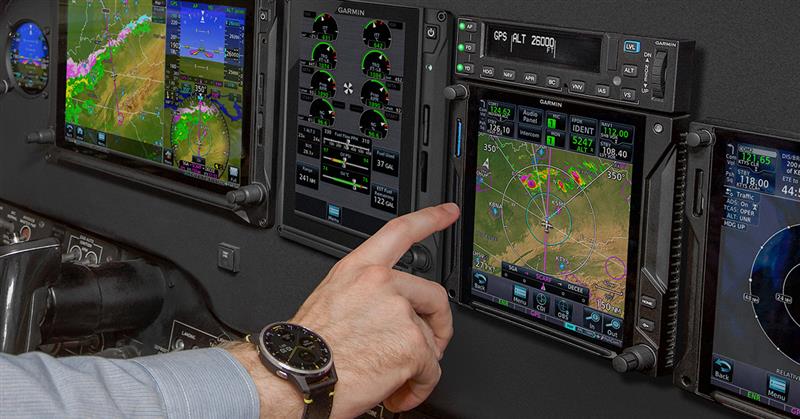

Garmin announced last week that it has received FAA Supplemental Type Certification for the GFC 600 digital autopilot in Beechcraft King Air F90 aircraft. (Photo: Garmin)
Garmin has received Federal Aviation Administration supplemental type certification for its GFC 600 digital autopilot in Beechcraft King Air F90 aircraft.
Optimized for turbine aircraft, the GFC 600 is designed to reduce workload and bring new operational capabilities such as Vertical Navigation (VNAV). Other new capabilities include automatic course deviation indicator switching when paired with a GTN series navigator and enhanced go-around capabilities including missed approach sequencing.
The GFC 600 certification for the King Air F90 provides owners and operators with an autopilot upgrade that can be integrated with G600 and G600 TXi flight displays. The upgrade can also be integrated with the GI 275 electronic flight instrument as well as the GTN and GTN Xi Series of navigators.
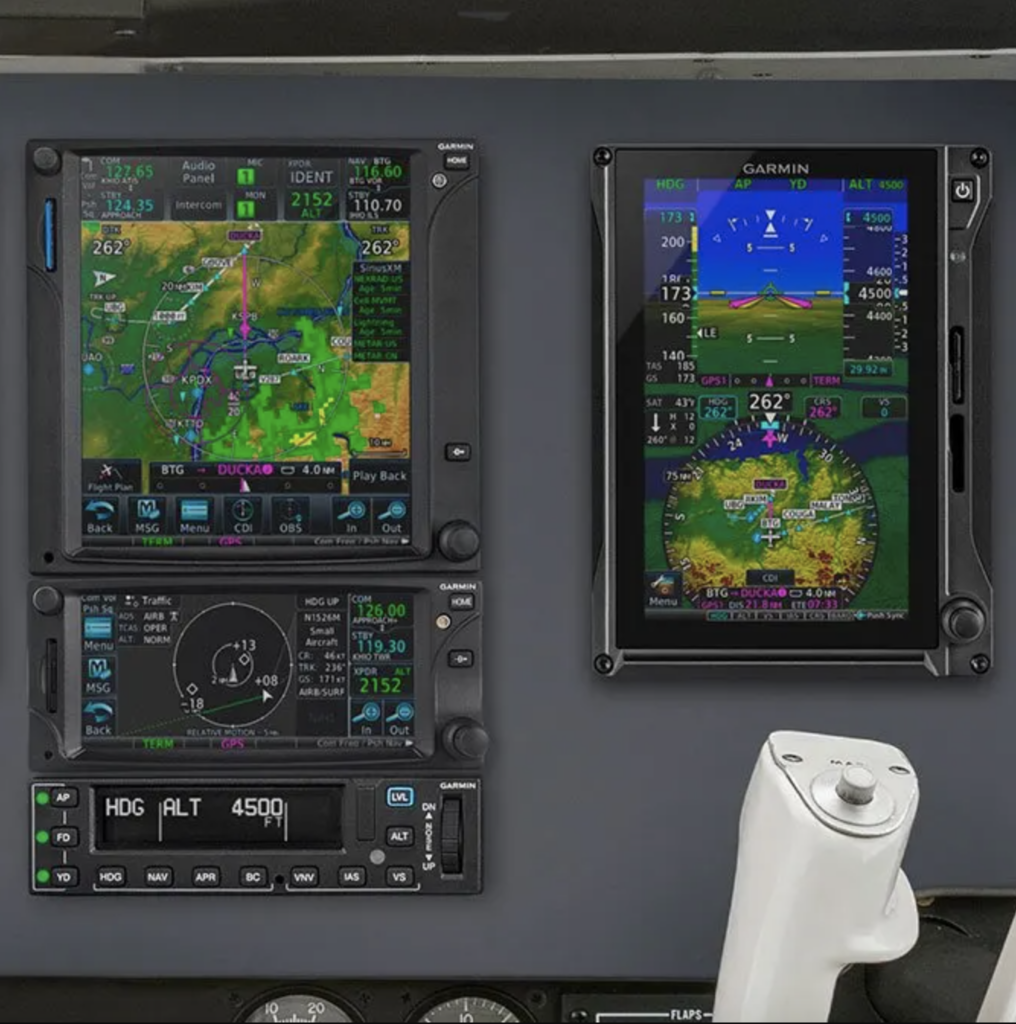
Garmin’s Autopilot
The self-contained autopilot controller incorporates backlit keys and a bright, sunlight-readable display that depicts autopilot status and mode selection. An intuitive built-in control wheel also provides convenient adjustment of aircraft pitch, airspeed, and vertical speed modes. When the level button is selected, the aircraft automatically returns to straight-and-level flight, Garmin says.
“Environmentally hardened autopilot servos designed for harsh operating conditions contain brushless DC motors offering improved performance and reducing maintenance requirements when compared to decades-old servo designs on the market today,” Garmin said in a statement. “In addition, these servos offer more torque to help pilots better respond to demands required of turbine aircraft.”
The standard 6.25-inch design of the GFC 600 mode controller allows for routine installation into the King Air’s avionics stack. In King Air F90 aircraft, the GFC 600 will require a G600 TXi or G600 flight display.
Capabilities
In addition to traditional autopilot capabilities such as altitude hold, vertical speed, and heading modes, the GFC 600 includes:
- Premium functions and advanced capabilities such as altitude pre-select2 and indicated airspeed hold mode.
- Ability to select, couple, and fly various instrument approaches, including GPS, ILS, VOR, LOC, and back course approaches.
- Built-in GPS roll steering capability eliminates the need for external roll steering converters and allows for smoother navigation tracking when installed with a compatible navigator.
- Level Mode button, which automatically engages the autopilot to restore the aircraft to straight and level flight.
- Underspeed and overspeed protection.
- Yaw Damping (YD) mode minimizes yawing oscillations while also helping to maintain coordinated flight.
- Flight Director command bars can be displayed on a flight display such as the G600 and G600 TXi.
- Coupled “go-arounds” for pilots to fly during missed approach sequencing. A remotely installed go-around button commands the Flight Director to display the appropriate pitch attitude required for the missed approach procedure and activates a loaded missed approach when paired with a GTN 650/750 or GTN 650Xi/750Xi navigator.
- Included pitch-trim servo adds automatic trim and improved manual electric trim.
- Control wheel steering is available, which allows the pilot to adjust pitch, roll, altitude hold, vertical speed, or airspeed references using the control yoke while the autopilot is engaged.
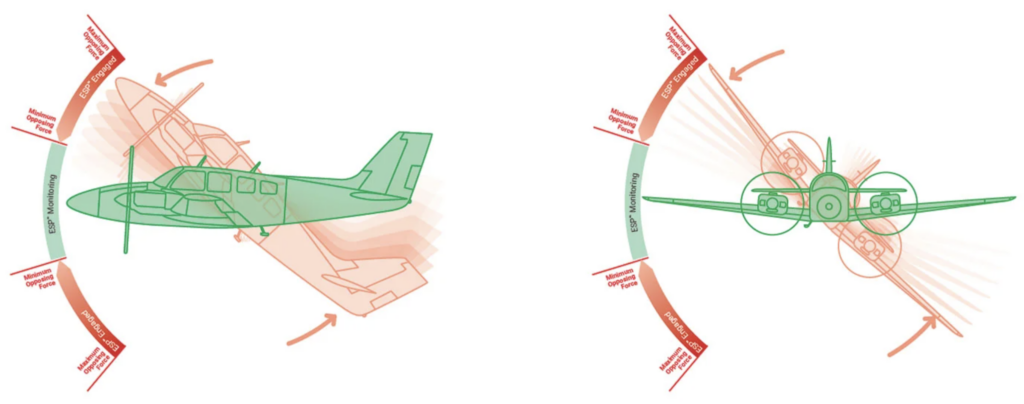
Electronic Stability and Protection
Garmin’s Electronic Stability and Protection (ESP) comes standard with the GFC 600 digital autopilot, which works to assist pilots in maintaining aircraft stability. ESP functions independently of the autopilot and works in the background to help pilots avoid inadvertent flight attitudes or bank angles. It also provides airspeed protection while the pilot is hand-flying the aircraft, Garmin says.
With FAA approval of the GFC 600, the King Air F90 will receive low bank mode “to help increase passenger comfort by automatically lowering the autopilot roll limit at higher altitudes,” Garmin says.
A separate switch may also be used by the pilot to activate/deactivate low bank mode at any altitude. Additionally, GFC 600-equipped King Air F90 aircraft will feature emergency descent mode. In the event of a loss of cabin pressurization, the autopilot will automatically descend to a preset altitude without pilot intervention to help avert hypoxic situations.
The GFC 600 digital autopilot for the Beechcraft King Air F90 will be available in early September through select Garmin authorized dealers.
The FAA approved the GFC 600 in 2018 for use with the cargo pod-equipped version of the Cessna 208B. The GFC 500 was approved on Cessna 210 models K, L, M, and N as well as the turbocharged versions of those models. Garmin received FAA approval in 2019 for its GFC 500 on the Beechcraft Bonanza F33A. Approval was also granted for the GFC 600 on Beechcraft Baron models 58P, 58PA, 58TC, and 58TCA from 1983 or earlier.
—————
Boost Internet Speed–
Free Business Hosting–
Free Email Account–
Dropcatch–
Free Secure Email–
Secure Email–
Cheap VOIP Calls–
Free Hosting–
Boost Inflight Wifi–
Premium Domains–
Free Domains






